The Problem with Fillings
When we find out that we need a filling, chances are this is due to our poor attention to dental hygiene. Unfortunately, that is just the facts. But then we are hit with another conundrum – what kind of filling is best? Because believe it or not, but fillings have progressed quite a bit from the silver fillings that your grandparents knew. These days, you can choose from a mixture of mercury, silver, tin and copper, but mostly made out of mercury, both amalgam fillings and white fillings are common options to restore cavity-damaged teeth back to their original form. But which is best for you? You will be approached by your dental professional regarding your best options, but let’s break it down simply.
Resin. Made of composite resin, white fillings are tooth-colored plastic mixtures. They’re filled with different materials, usually including quartz, silica and sometimes, barium for added strength. The main advantages of white fillings include durability, discreet for a more natural look, less sensitive and more cost-effective.
Mercury. The OG filling, mercury fillings have been around for 150 years, and usually made from mercury and combined with an alloy powder containing a mixture of silver, zinc, copper and tin. The advantages to this option are that they are stronger and more durable than the natural white fillings, but it is likely that they are also covered by your insurance. These are also a great option for the back teeth since they aren’t seen when you smile.
To be honest, both treatments are equally as effective as the other, so you’re not exactly losing out on anything, regardless of whichever you choose. Talk to your dentist and weigh out your options together.
If you have questions or concerns about dental fillings, make an appointment today with Dr. Philip Schnall at 212-247-7059 or visit our website at www.philipschnalldmd.com.
Dr. Schnall proudly serves New York and all surrounding areas.

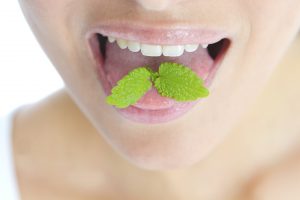
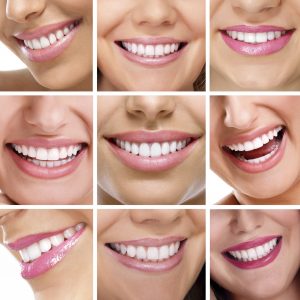
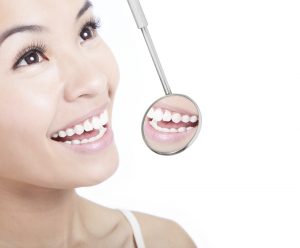
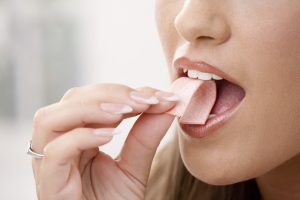 Periodontal disease is one of the most common problems Americans face – as many as half of American adults have some level of periodontal disease, and that percentage increases at higher ages. Periodontal, or gum, disease can take many forms – from mild gingivitis, with symptoms like red inflamed gums to severe periodontal disease, where pus from infections can push teeth from their socket.
Periodontal disease is one of the most common problems Americans face – as many as half of American adults have some level of periodontal disease, and that percentage increases at higher ages. Periodontal, or gum, disease can take many forms – from mild gingivitis, with symptoms like red inflamed gums to severe periodontal disease, where pus from infections can push teeth from their socket.
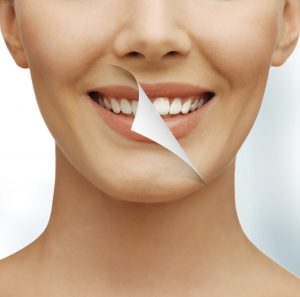
 We know the importance of looking after our teeth, and in doing that, brushing on a daily basis. Brushing, along with flossing, will not only remove food debris and plaque but will also protect your teeth against tooth decay and
We know the importance of looking after our teeth, and in doing that, brushing on a daily basis. Brushing, along with flossing, will not only remove food debris and plaque but will also protect your teeth against tooth decay and